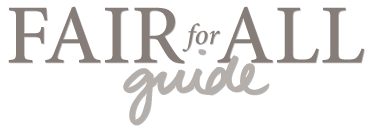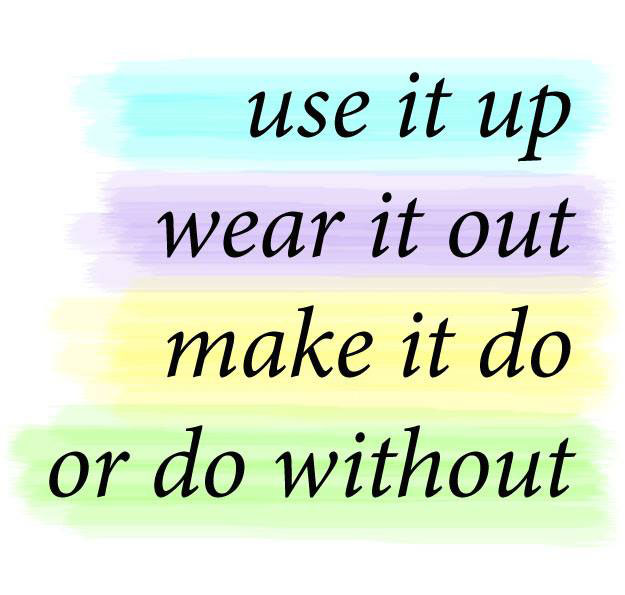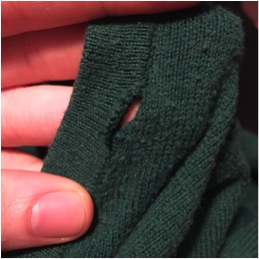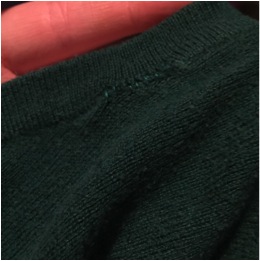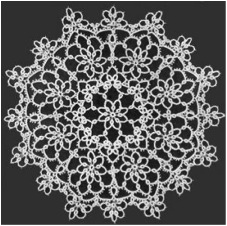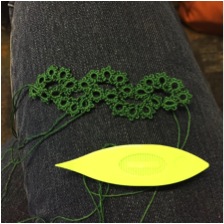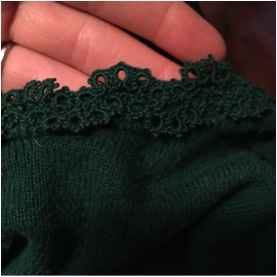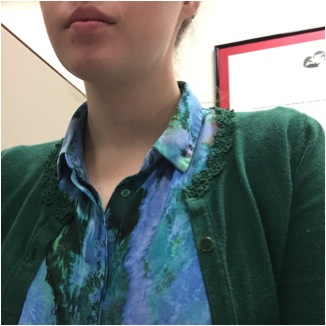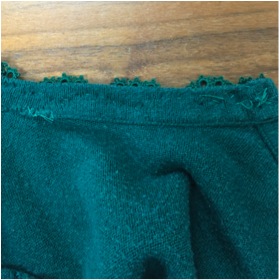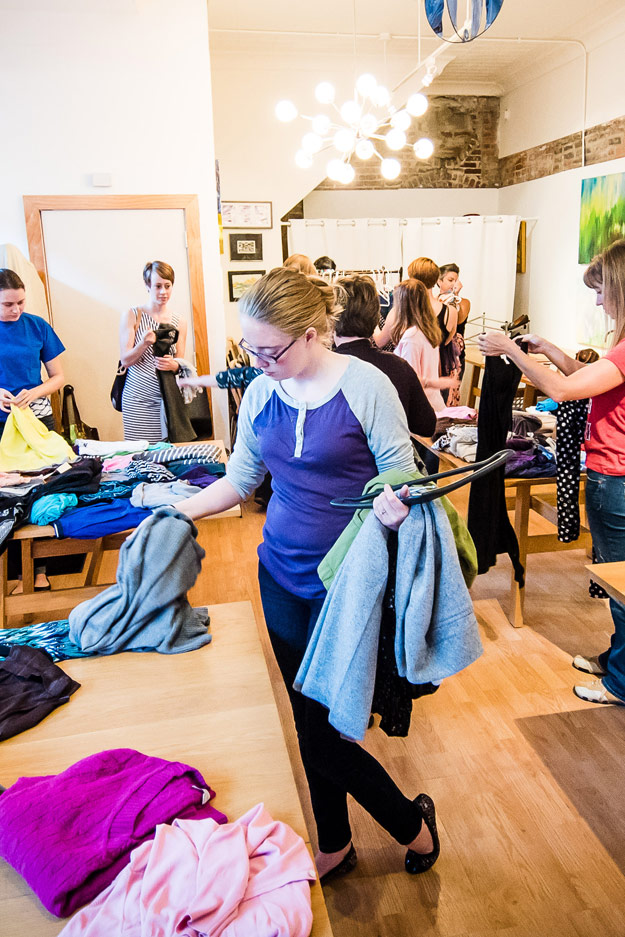Changes Are Coming

Things certainly have changed since I wrote my last post (the federal government doesn’t look like it will be taking notes from European sustainability programs anytime soon). I remain hopeful about the positive steps that individuals, cities, states, and organizations can continue to take for the benefit of the planet, but the election results do represent a significant setback for climate and environmental progress. Here Bethany considers what the new presidential administration may mean for our environment. — Julia
Changes are coming.
To quote a recent Vox article:
If Donald Trump and the GOP actually follow through on what they’ve promised, … Federal climate policy will all but disappear; participation in international environmental or climate treaties will end; pollution regulations will be reversed, frozen in place, or not enforced; clean energy research, development, and deployment assistance will decline; protections for sensitive areas and ecosystems will be lifted; federal leasing of fossil fuels will expand and accelerate; new Supreme Court appointees will crack down on EPA discretion.
I’m struck by the difference between Julia’s last post and this one. While this blog is primarily focused on personal responsibility, we do touch on public policy and politics. Julia said that people want the U.S. to take “clear and decisive action on waste and the environment.” Well, that’s exactly what is happening. Our new president is taking a clear and decisive action on the environment: he doesn’t care. The people he is considering for his cabinet and as part of his team are people who are climate change deniers, people who are high up in corporations with long track records of environmental issues. Just look at this list compiled by the New York Times.
Several proposed members of Trump’s administration are people who believe we don’t have to care for our planet or think about the consequences our actions have on it. They don’t see a need to pursue policies that ensure our environment will be here for the next generation, and the next, and the next after that.
Changes are coming.
I have spent the past week in a constant state of emotional upheaval. I have been upset, terrified, angry, depressed, violently ill, cried for hours, laughed out of sheer disbelief… but most of all, I have been afraid. I have been afraid of the changes that I see coming.
I am still afraid. But I have decided to hold on to the acronym that a friend shared with me:
Fear = Face Everything And Rise
Changes are coming.
